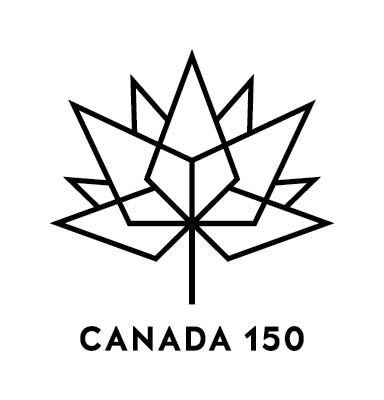FROM COLLEAGUE TO COP TO COACH: CONTEMPORARY REGULATION OF LAWYER COMPETENCE
Abstract
Over the last several decades, Canadian law societies have significantly expanded their regulatory reach in relation to the post-entry competence of lawyers. In this article, a novel framework is proposed to trace the path to this current state of affairs: specifically, four different “waves” or models are identified. A Collegial Model of regulation is identified as existing for most of the twentieth century before being replaced with a Policing Model of regulation in the 1970s. It is submitted that contemporary regulation of post-entry lawyer competence is characterized by the emergence of a Coaching Model that supplements a continuing Policing Model. Most recently, Canadian law societies have proposed new forms of entity regulation that represent, it is argued here, an emerging Hybrid Model that encompasses the Policing Model and Coaching Model in a new relationship.
In addition to providing this novel descriptive framework, this article also has normative ambitions and offers an evaluation of existing and future proposals to regulate post-entry competence. Regulatory theory and governance scholarship are both drawn upon to conduct this analysis. It is argued that the current approach represents a positive and significant regulatory shift towards focusing on the public interest as opposed to lawyer interests, which had dominated historically. At the same time, issues of transparency, expertise and costs remain of concern. The Hybrid Model approach embodied in new entity-based regulatory initiatives now under consideration is identified as one way to address these concerns. However, both the process used to implement such a model and the model’s ultimate content will be key determinants of its success in any given jurisdiction.





